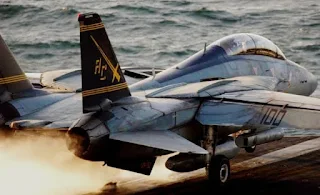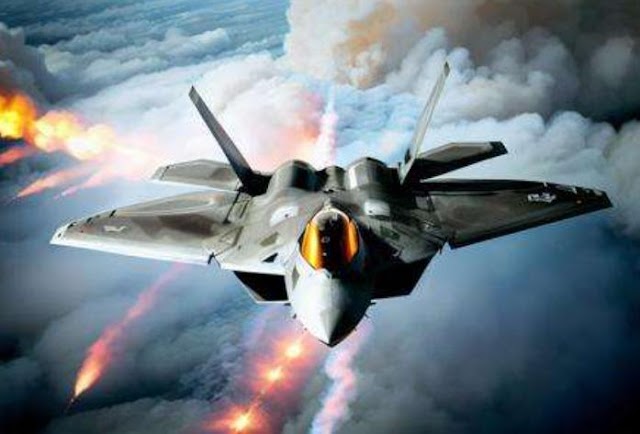Grumman F-14 Tomcat: A Dive into its Carrier-Capable Supersonic Legacy
Roles:
Defender, air command, and versatile fighter
National Origin:
Manufacturer:
- Grumman
First Flight:
- 21 December 1970; 52 years ago
Launched:
- 22 September 1974
Retirement:
- 22 September 2006 (United States Navy)
Current Status:
- In service with the Islamic Republic of Iran Air Force
Primary Users:
- United States Navy (historical)
- Imperial Iranian Air Force (historical)
- Islamic Republic of Iran Air Force
Production Years:
- 1969–1991
Introduction:
The Grumman F-14 Tomcat: An Overview
American Carrier-Capable Supersonic Fighter
Key Features:
Twin-Engine Powerhouse
Two-Seat Configuration for Tactical Advantage
Twin-Tail Design for Enhanced Stability
All-Weather-Capable Technology
Variable-Sweep Wing Innovation
Development History:
Origins in the Naval Fighter Experimental (VFX) Program
Post-F-111B Project Era
Significance in Air Combat:
Role in American Teen Series Fighters
Incorporating Vietnam War Air Combat Experience
Evolution in Response to MiG Fighters
Maiden Flight and Early Deployments:
Historic Debut on 21 December 1970
First Deployment in 1974 aboard USS Enterprise (CVN-65)
Replacement of McDonnell Douglas F-4 Phantom II
Versatility in Roles:
U.S. Navy's Primary Maritime Air Superiority Fighter
Fleet Defense Interceptor Duties
Tactical Aerial Reconnaissance Platform
Evolution in the 2000s:
Continued Service Beyond the Turn of the Century
Adaptability and Longevity in Naval Operations
Technological Advancements:
Introduction of Low Altitude Navigation and Targeting Infrared for Night (LANTIRN) pod system
Transition to Precision Ground-Attack Missions in the 1990s
Retirement from U.S. Navy:
U.S. Navy's Farewell to the Tomcat on 22 September 2006
Succession by the Boeing F/A-18E/F Super Hornet
Display Across the U.S.:
Transition of Retired F-14s to Public Displays
Scattered Exhibits Showcasing Tomcat History
Export to Pahlavi Iran:
Introduction to Pahlavi Iran under Shah Mohammad Reza Pahlavi in 1976
Role as Land-Based Interceptors in the Imperial Iranian Air Force
Iran–Iraq War and F-14 Performance:
F-14 Deployment during the Iran–Iraq War
Iran's Claim of 160 Iraqi Aircraft Shot Down (Historical Perspective by Tom Cooper)
Losses: 16 Tomcats, Including Accidents (Seven Accidents)
Current Status with Iran's Air Force:
F-14's Ongoing Service with the Islamic Republic of Iran Air Force
Challenges: Low Numbers of Combat-Ready Aircraft Due to Spare Parts Shortage.
A Sky Guardian's Legacy
Brief Info with Depth Coverage:
The F-14, a two-seat, twin-engine jet fighter, served the U.S. Navy from 1972 to 2006, designed to defend aircraft-carrier operations. Despite its retirement, a fleet found a second home in Iran before 1979.
Key Features and Combat Legacy:
With variable-geometry wings and potent engines, the F-14 excelled, reaching Mach 2. Its radar system tracked 24 enemy aircraft, engaging in historic conflicts, such as with Libyan fighters in 1981 and Bosnia interventions in 1995. The United States dismantled its F-14s post-2006 to prevent technology transfer, marking the end of an era. The F-14 Tomcat remains an emblem of aerial supremacy.
Conclusion:
In summary, this detailed exploration of the Grumman F-14 Tomcat offers a comprehensive look into its remarkable legacy. From its maiden flight in 1970 to its retirement in 2006 from the U.S. Navy, the F-14 played pivotal roles as a defender, air command asset, and versatile fighter. Its historical significance is underscored by its service with the United States Navy and the Imperial Iranian Air Force. The F-14's continued presence in the Islamic Republic of Iran Air Force, albeit with challenges, speaks to its enduring impact. Whether in the skies of the United States or in international deployments, the F-14 Tomcat remains a symbol of technological prowess and strategic importance.



.jpeg)







.jpeg)


1 Comments
This is also a great jet.
ReplyDeleteIf you have any doubts. Please let me know. I would be happy for your kind suggestion.